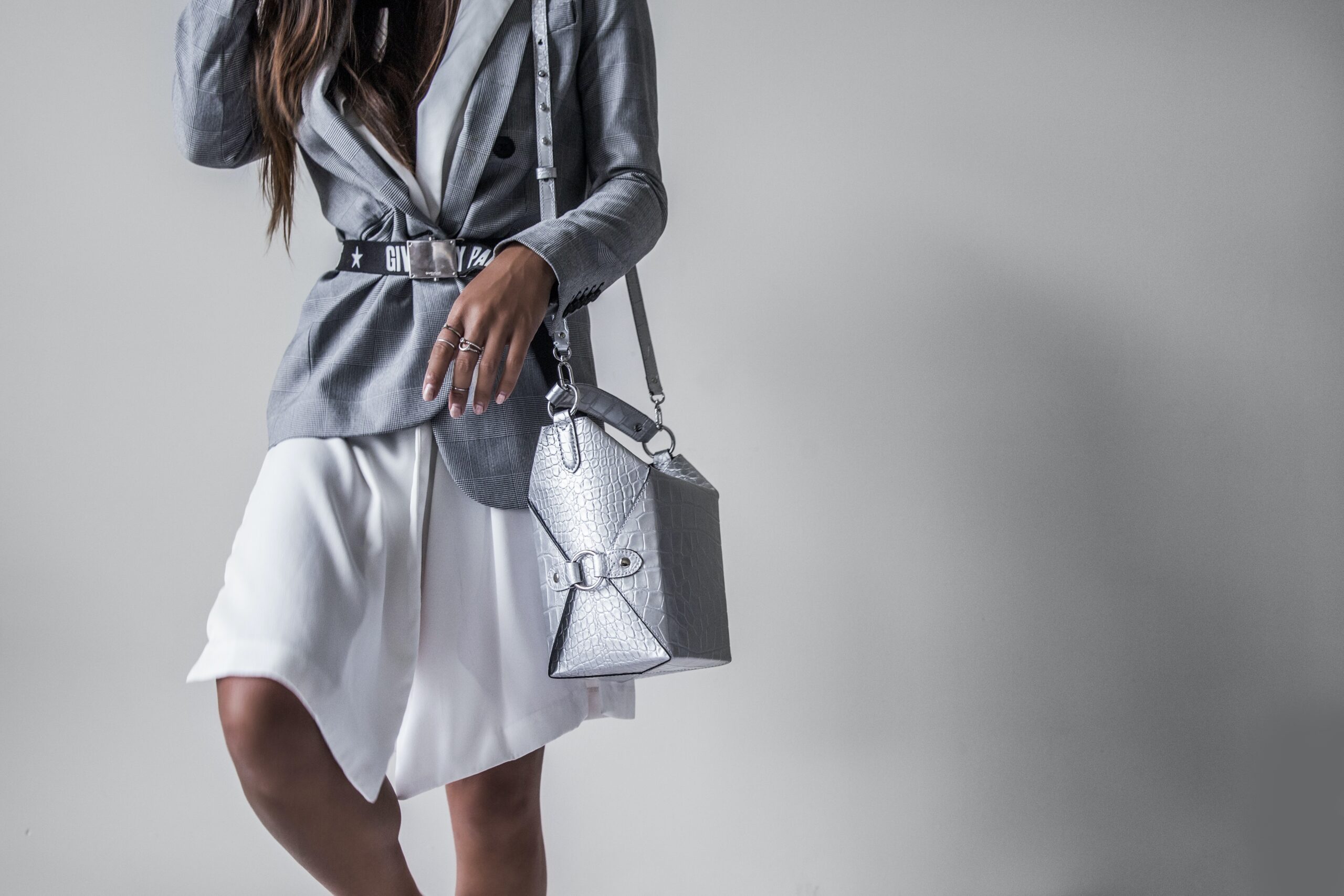Luxury designer clothing is an essential component of the fashion industry, with designers continuously striving to create unique and sophisticated pieces that stand out from the crowd. The selection process is a vital part of a designer’s work, as it determines the quality of their final products. A good designer understands the importance of experimentation with textures in their selection process, using a mix of materials to create a tactile and visually appealing experience for the wearer. This experimentation with textures allows designers like christopher esber to create luxury clothing that is both beautiful and intriguing, pushing the boundaries of traditional fashion design. This article will discuss the art of selection and how a good designer can produce excellent luxury clothing.
The Importance of Material Selection
The selection of high-quality materials is critical in the creation of luxury clothing. A visionary understands the importance of selecting the right fabrics and materials to enhance their designs’ overall look and feel. Materials such as silk, cashmere, and leather are often used in luxury clothing because of their premium quality, durability, and timeless appeal.
Attention to Detail
A creative designer knows that the smallest details can make the biggest impact on luxury clothing. The selection of buttons, zippers, and other embellishments can significantly affect the overall appearance and functionality of the final product. Clothing designed to flatter the wearer’s form can empower them and help them feel confident in their skin. The cut-out silhouettes used in these designs can be strategically placed to accentuate the most flattering body parts, such as the waist or shoulders. This attention to detail can significantly affect how the wearer feels about themselves and how others perceive them.
The Art of Tailoring
Tailoring is a highly skilled craft that involves creating custom-made clothing that perfectly fits an individual’s unique body shape and size. It requires a meticulous eye for detail, an in-depth knowledge of fabrics, and an expert understanding of construction techniques to create impeccably tailored garments. A collaborative designer like christopher esber can work in unison with others, including their team, manufacturers, and retailers.
Balancing Style and Functionality
Balancing style and functionality are crucial in fashion design, as garments must look beautiful and serve a practical purpose for the wearer’s needs and lifestyle. A detail-oriented designer understands the importance of balancing style and functionality in their designs. They select materials and fabrics that can withstand wear and tear while ensuring that their designs are still fashionable.
Creating a Cohesive Collection
A versatile designer can create a cohesive collection that tells a story. The selection process is essential in creating a collection that is beautiful and makes sense. A designer must select pieces that complement each other and create a cohesive, fashionable, and functional look.
Conclusion
Good craftsmanship is essential in creating fashionable garments that are both stylish and functional. A skilled designer can elevate a design with perfectly fitted seams, flattering cuts, and precise detailing. By combining technical expertise with a keen eye for style, a talented professional can create clothing that fits flawlessly and complements the wearer’s aesthetic. The result is a beautiful, comfortable garment, and practical for everyday wear. Ultimately, the art of designing is a crucial element in creating visually stunning and wearable fashion in the real world.

